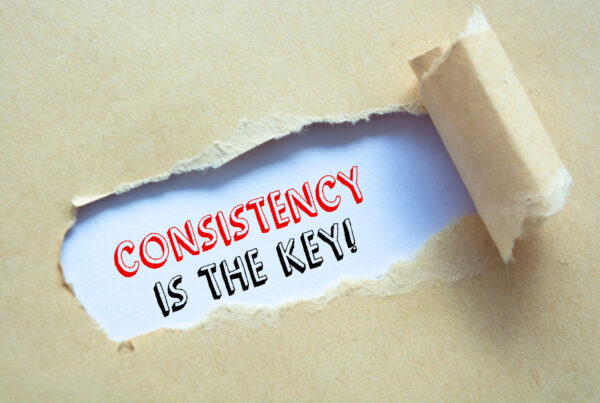Last Updated on December 6, 2024 by Dave Schoenbeck
Offering discounts to attract new customers is tempting when selling a product or service. However, low pricing leads to lower profits and a less sustainable business model. When considering different methods of pricing, it’s important to consider the relationship between the cost of the item and its value, both real and perceived.

Is Value the Same as Price?
As the old saying goes, the price is the amount something costs, but the value is the amount someone is willing to pay. Value-based pricing is the concept of setting the price of a good or service depending on its value to your customers. Perceived value allows you to charge more for your products and services by offering customers more than just the item.
Pricing strategies that only consider an item’s cost are inadequate. Value-based pricing assumes the entire customer experience. This doesn’t always result in a rate that seems competitive at first. However, a lot goes into determining an object’s value.
How to Add Value to Your Offerings
You can get away with charging reasonable rates for your products and services by tapping into their real and perceived value rather than slashing prices to attract customers. Here are some actionable ways to add value to your offerings when determining your pricing strategies:
- Emphasize your extensive experience and the longevity of your business. If your product or service has been around for a while, it automatically has more value than a new product with no reputation.
- Emphasize areas of your business outside the product or service where you go above and beyond customer service, product knowledge, etc. Value-based pricing strategies are about the experience in addition to the item itself.
- Play up how your product or service saves the customer time and effort.
- Add an irresistible, gutsy guarantee that takes pricing fear off the table
- Understand your costs and your gross margin requirements. Discounting is very expensive and rarely increases sales enough to offset the discount.
- Could you reshape your offering to a new or more discreet market that is more price-tolerant (one that is more affluent and less demanding.)
- You can expand your product or service assortment to be perceived as unique.
- You can find a way to generate marketing buzz in your marketplace and build pricing power.
- Create bundles of products and services to make your pricing strategies more opaque. Your competitors are likely using a simple price markdown.
- If you need to advertise items and prices, show fewer items at more competitive prices.
- Upgrade the look of anything the customer sees, such as your website, sales collateral, packaging, uniforms, etc. A snappy brand will build more trust from the first impression.
- Create a sense of urgency by making your products harder to buy or limited in nature.
- Improve and expand your testimonials. This creates social proof.
- Over-deliver on your promises. Get your customers their products faster and with better service than your competitors.
- Personalize your business. Include a glimpse at your and your team’s humanity. Emphasize cultural underpinnings and beliefs.
You don’t want your consumers to perceive your offering as a commodity. In the consumer’s mind, cheaper means lower quality. Value-based pricing strategies allow you to charge for worthwhile items while still coming out on top and creating a loyal customer base.
If developing a value-based pricing formula feels overwhelming, a business coach can help. Please fill out my contact form, and we can schedule a time to discuss your strategies.
Coach Dave
- What do General Managers do, and What are the Roles and Responsibilities of a GM? - September 4, 2025
- Why You Should Develop Content Monetization Strategies for Your Business - August 28, 2025
- Artfully Managing Your Business Growth and Success - August 21, 2025


